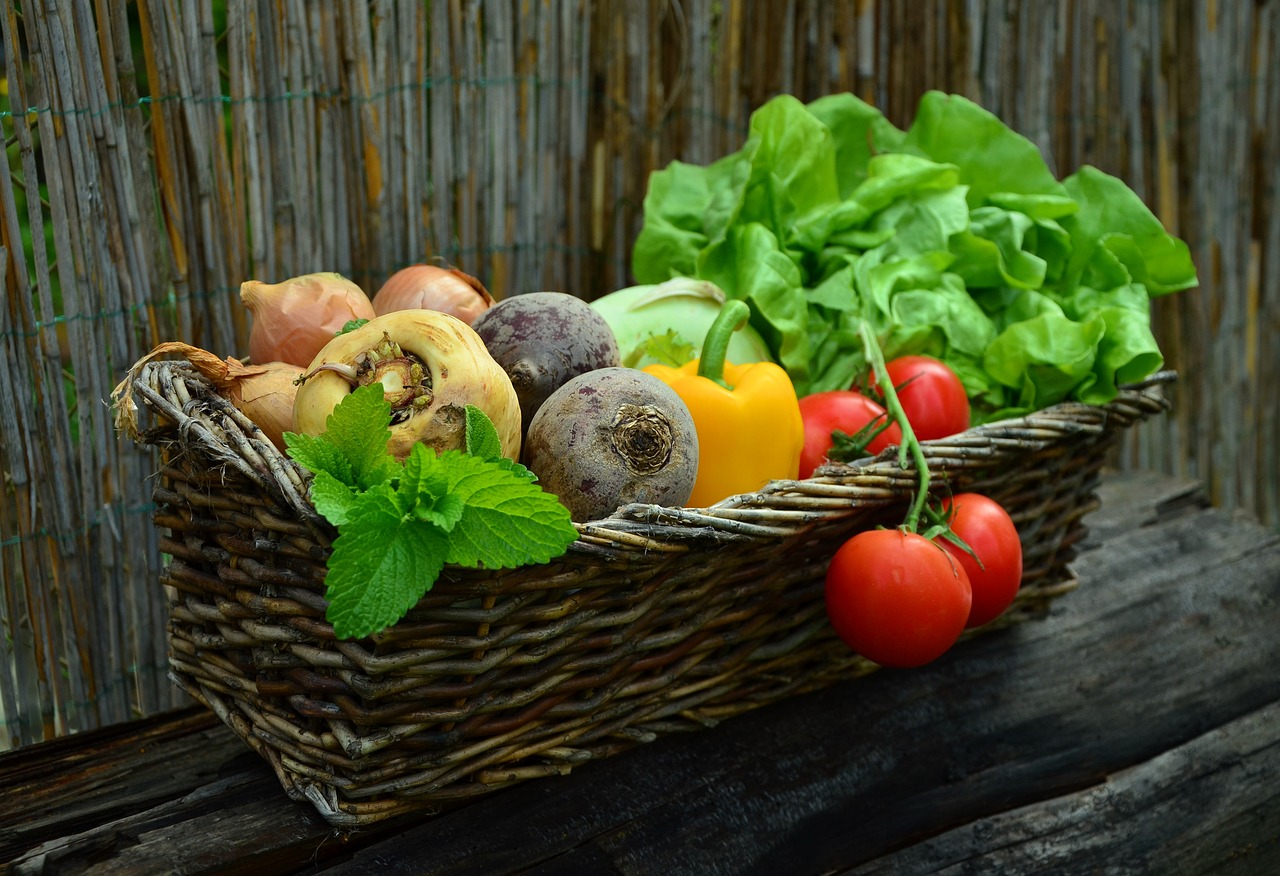I. Introduction
Sustainable living has become a critical aspect of our modern world, as we grapple with pressing environmental challenges. Central to this endeavor is the role of our food choices in achieving sustainability. This blog will delve into the significance of sustainable living, with a focus on the impact of our dietary decisions. By adopting practices that emphasize local and seasonal eating, we can make a substantial contribution towards a more sustainable future.
II. Benefits of Eating Locally and Seasonally
1. Reduced Carbon Footprint
Eating locally entails consuming food produced in close proximity to your home. This significantly reduces the emissions associated with transportation, contributing to a lower overall carbon footprint. Websites like Local Harvest provide comprehensive directories of farmers markets and CSA programs in your area.
2. Support for Local Farmers and Communities
Choosing local produce supports local farmers, enabling them to thrive and invest in sustainable farming practices. This, in turn, strengthens the economic fabric of your community.
3. Fresher and More Nutritious Food
Locally sourced food doesn’t have to travel far, ensuring it reaches your table at its peak freshness and nutritional value. This is in stark contrast to imported produce, which often undergoes extended transportation and storage.
4. Cost Savings
By buying directly from local sources, you can often bypass the costs associated with large-scale distribution networks, leading to potential cost savings.
III. How to Eat Locally
1. Research Local Farmers Markets and CSA Programs
Local Harvest provides a comprehensive directory of farmers markets and CSA programs in your area. These are excellent resources for finding fresh, locally grown produce.
2. Join a Local Food Co-op or Community Garden
Cooperatives and community gardens offer opportunities to actively participate in local food production. They provide access to fresh produce and foster a sense of community.
3. Start Growing Your Own Food at Home
Whether it’s a backyard garden, container gardening on your balcony, or even a few potted herbs on your kitchen window sill, growing your own food is a gratifying way to embrace local eating.
IV. How to Eat Seasonally
1. Familiarize Yourself with Seasonal Produce
Websites like Seasonal Food Guide offer interactive maps and charts showing the seasonal availability of various fruits and vegetables in your region.
2. Plan Meals Based on Seasonal Ingredients
Design your meals around the fruits and vegetables that are in season. This not only supports local agriculture but also ensures your food is at its freshest and most flavorful.
3. Preserve and Store Seasonal Produce
Learn preservation techniques like canning, freezing, and pickling to enjoy seasonal produce even when it’s not in season. This can help reduce reliance on out-of-season imports.
V. Overcoming Challenges
1. Limited Availability and Variety of Local and Seasonal Food
While it’s true that some items may have limited availability, exploring local markets and being open to trying new foods can lead to delightful discoveries.
2. Seasonal Eating and Meal Planning Tips
Plan meals around what’s available rather than trying to fit ingredients into a predetermined recipe. This fosters creativity in the kitchen and allows for more flexible meal planning.
3. Creative Cooking and Recipe Adaptations
Experiment with recipes and adapt them to suit the ingredients available. You may discover new favorite dishes in the process.
VI. Conclusion
In conclusion, the role of food in sustainable living is pivotal. By embracing local and seasonal eating, we can make substantial contributions towards a more sustainable future. Each small step we take in this direction brings us closer to a healthier, more balanced planet. Let’s commit to making mindful food choices, supporting local farmers, and celebrating the bounties of each season.
Remember, it’s not about perfection, but progress. Start small, and together, we can create a more sustainable world.

